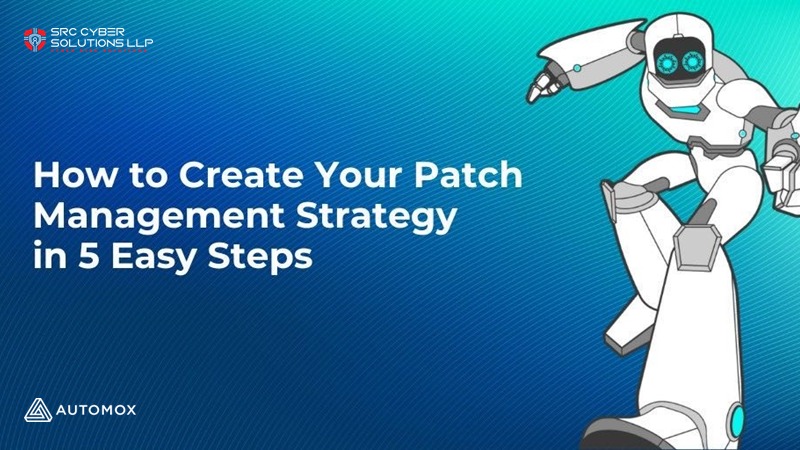
How to Create a Centralized Patch Management Strategy in 5 Easy Steps
If you’ve visited this blog before, you know how important patch management is to infrastructure upkeep and security. However, for many teams, developing an effective strategy to deal with outstanding patches can take a back seat to more strategic business matters. The thing is, patch management needs to be priority number one.
According to the 2022 Verizon Data Breach Report, some of the most exploited vulnerabilities are nearly a decade old. Dreading your patching backlog can be a real stressor, so we put together a starter kit for nailing down a patching strategy to get your systems up to date.
5 steps to create your centralized patch management strategy
1. Conduct an audit
Start with understanding the state of your network. Do you know how many endpoints you’re managing? Are you responsible for hundreds of devices? Thousands? And of those devices, how many are low-hanging fruit – ripe for a cyberattack?
The first step of an effective patch management strategy is to answer those questions by auditing your network. You have to get a handle on what you have behind a firewall, on every remote laptop, server, docker container, and any endpoint connected via the cloud.
2. Assess vulnerabilities
Intimidated? Don’t be. You won’t need to boil the ocean. Instead, use a cloud-based patch management solution to quickly and easily see your entire network. Take a look at your audit results. You now know your network vulnerabilities, you just need a game plan.
So, start by running a vulnerability assessment. Knowing where the biggest threats reside helps you develop a game plan to tackle the most critical patches first. There are a variety of excellent vulnerability management resources available. The US-CERT website is a great place to begin researching the latest vulnerabilities and their workarounds.
3. Get patching
Now, you have a clear picture of what needs to be done. This is where the rubber meets the road: It’s time to patch. While the process may not be new to you, new solutions make it easier than ever to automatically update all your devices, quickly and easily.
Even if your workforce isn’t fully distributed, everyone works from home or the local coffee shop now and again. And there’s only one way to access and manage devices to maintain updates and protocols: the cloud.
Centralized patch deployment for operating system updates, server updates, and third-party software updates through automated cloud-based applications can save you a ton of time. Plus, the ability to quickly and easily patch on your own schedule with your own policies can transform the once-dreaded task of patch management into quickly addressing new threats.
4. Monitor your environment
Your network should now be cleaned up, which brings us to the next step: monitoring. While the audit was a snapshot of your system at a single point in time, monitoring makes sure you never find yourself in this position again. The challenge is twofold. First, patches are being released with increasing frequency. Second, newer, more powerful software applications are continuously released online. Check how many of the devices you just updated were still running older, outdated third-party apps. These older third-party apps are a favorite of bad actors who can easily exploit such well-known vulnerabilities.
Most cloud-based patch management solutions provide monitoring and reporting dashboards that enable you to see the status of your network on a real-time basis. Monitoring is critical to maintaining a secure network. Once the heavy lifting of getting the network up to date is done, monitoring keeps you on the front lines of any new threat.
5. Stay up to date with patch status reporting
The final step of a sound patch management strategy is reporting. While patching is important to the entire organization, pretty much anyone outside of the IT department doesn’t fully understand the complexity of managing endpoints. Communication is critical. Providing weekly or monthly snapshots of the system status, patches applied, and outstanding threats keeps patching top of mind with the executive team.
They may not understand the amount of work an effective patch management strategy requires, but they like knowing that the system is secure. And the more they are in the loop, the more support you’ll receive when a critical need arises.
Make patch management your number-one priority
At the end of the day, patching doesn’t have to be a drag. In fact, if you stick to these steps, you can have your environment patched in no time. And if you monitor and maintain your IT stack and third-party apps, you’ll be readier for any arising threat that comes your way.